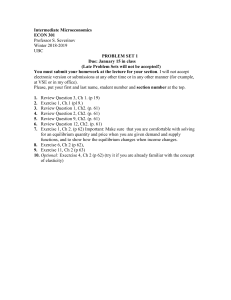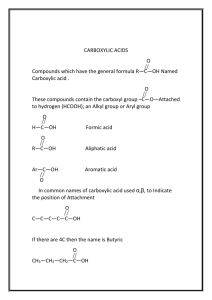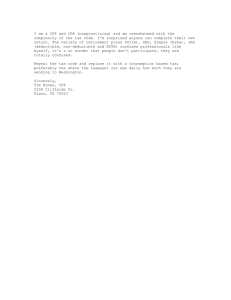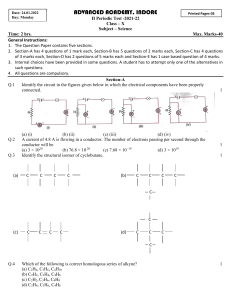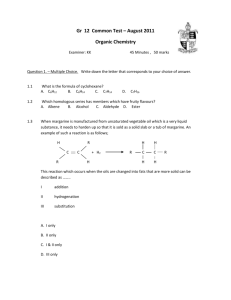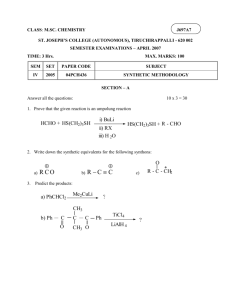addition reaction
advertisement
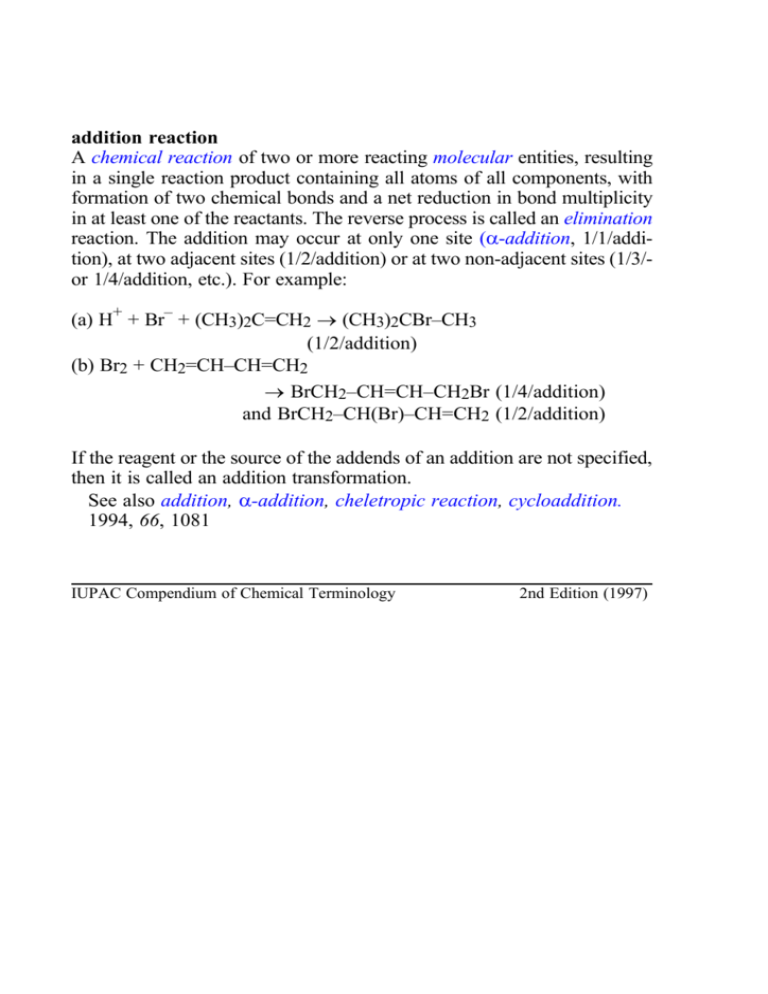
addition reaction A chemical reaction of two or more reacting molecular entities, resulting in a single reaction product containing all atoms of all components, with formation of two chemical bonds and a net reduction in bond multiplicity in at least one of the reactants. The reverse process is called an elimination reaction. The addition may occur at only one site (α-addition, 1/1/addition), at two adjacent sites (1/2/addition) or at two non-adjacent sites (1/3/or 1/4/addition, etc.). For example: (a) H+ + Br– + (CH3)2C=CH2 → (CH3)2CBr–CH3 (1/2/addition) (b) Br2 + CH2=CH–CH=CH2 → BrCH2–CH=CH–CH2Br (1/4/addition) and BrCH2–CH(Br)–CH=CH2 (1/2/addition) If the reagent or the source of the addends of an addition are not specified, then it is called an addition transformation. See also addition, α-addition, cheletropic reaction, cycloaddition. 1994, 66, 1081 IUPAC Compendium of Chemical Terminology 2nd Edition (1997)



